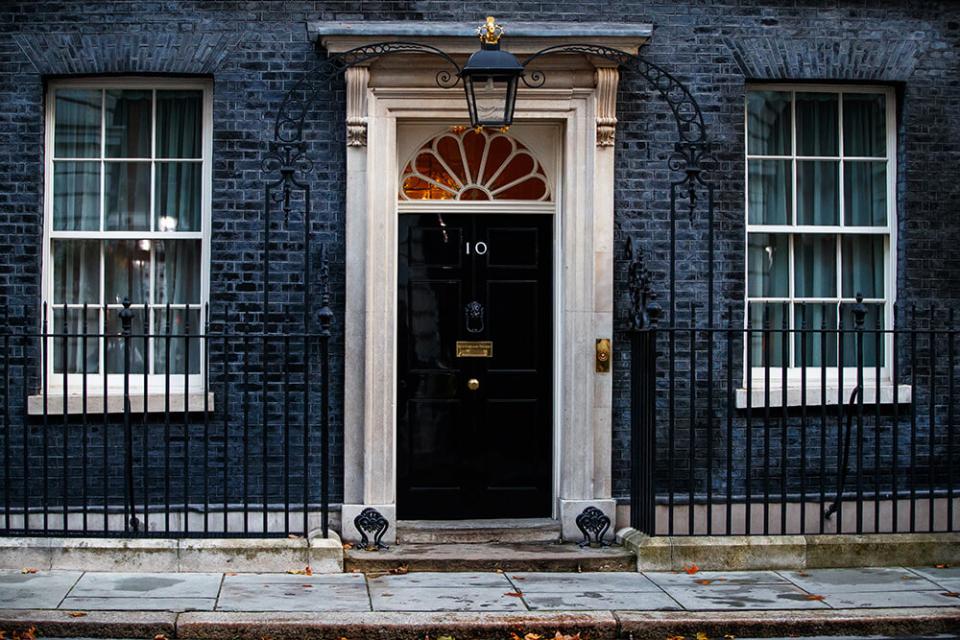Autumn Statement 2022: What’s the impact on private individuals?

On 17 November, the Chancellor of the Exchequer, Jeremy Hunt, delivered his Autumn Statement. In it, he set out the Government’s ‘Medium-Term Fiscal Plan’ as he sought to provide a roadmap out of the country’s grim economic backdrop, with the UK officially in recession and inflation at over 11%.
In an attempt to claw back some of the £55 billion ‘black hole’ in public finances, the Autumn Statement featured tax rate freezes and the lowering of allowances and thresholds.
Of particular interest to individuals looking to manage their wealth in a tax-efficient manner was the freeze on the inheritance tax nil rate bands - in which inheritance tax is charged at 0% - and the reduction of the annual exemption from Capital Gains Tax.
What does a freeze on nil rate bands mean?
The nil rate bands refer to the amount of your assets chargeable at 0% inheritance tax rate, with the value of any assets exceeding these nil rate bands being charged at 40%.
The current maximum basic nil rate band is £325,000. In addition, the residence nil rate band provides a further nil rate allowance of £175,000 if on death the deceased leaves their interest in the main residence to their direct descendants (subject to a tapered reduction where the value of the deceased’s estate is over £2 million).
This means a potential tax free allowance of £500,000 on a deceased’s estate or £1m for married couples or civil partners.
As expected, the Autumn Statement confirmed that the nil rate bands amounts would remain frozen until April 2028.
The nil rate band amount of £325,000 has remained since 2010/2011 tax year and the further freezing of these allowances may mean more estates are above the thresholds and therefore taxable.
What does the Capital Gains Tax exemption reduction mean?
Capital Gains Tax on the sale, gift or transfer of a chargeable asset by an individual, trustee or personal representative which results in a chargeable gain is charged at different rates.
This is according to the type of asset disposed and the tax position of the individual.
Basic rate taxpayers are charged 10% (or 18% on the disposal of residential property) on these gains, whilst higher or additional rate taxpayers are charged 20% (or 28% on the disposal of residential property).
The annual exemption currently stands at £12,300 for individuals.
However, the Autumn Statement confirmed that the exemption will be reduced to £6,000 for individuals in 2023/24 and halved to just £3,000 from April 2024.
As a result, careful thought will need to be given to the timing of any disposals which will result in capital gains.
This reduction in the annual allowance, although not insignificant, may be less of a concern to those making significant gains especially as the rates of CGT have remained unchanged.
Planning for the future
With the freeze on inheritance tax nil rate bands and the reduction in the CGT exemption, it is essential that individuals consider taking advice to ensure that they make the most of the protections from taxation.
This can take the form of careful estate planning through trusts, wills and a staggered approach to disposals of assets, to reduce the value of assets which attract tax.
For this reason, we strongly recommend reviewing your will (or making one if you don’t have one already) and considering how best to dispose of your wealth during your lifetime.
For further information about wills, probate and estate planning, contact Cameron Horton using [email protected] or 0191 211 7848.
